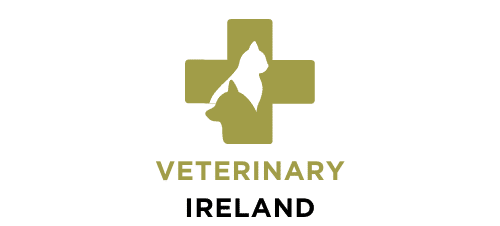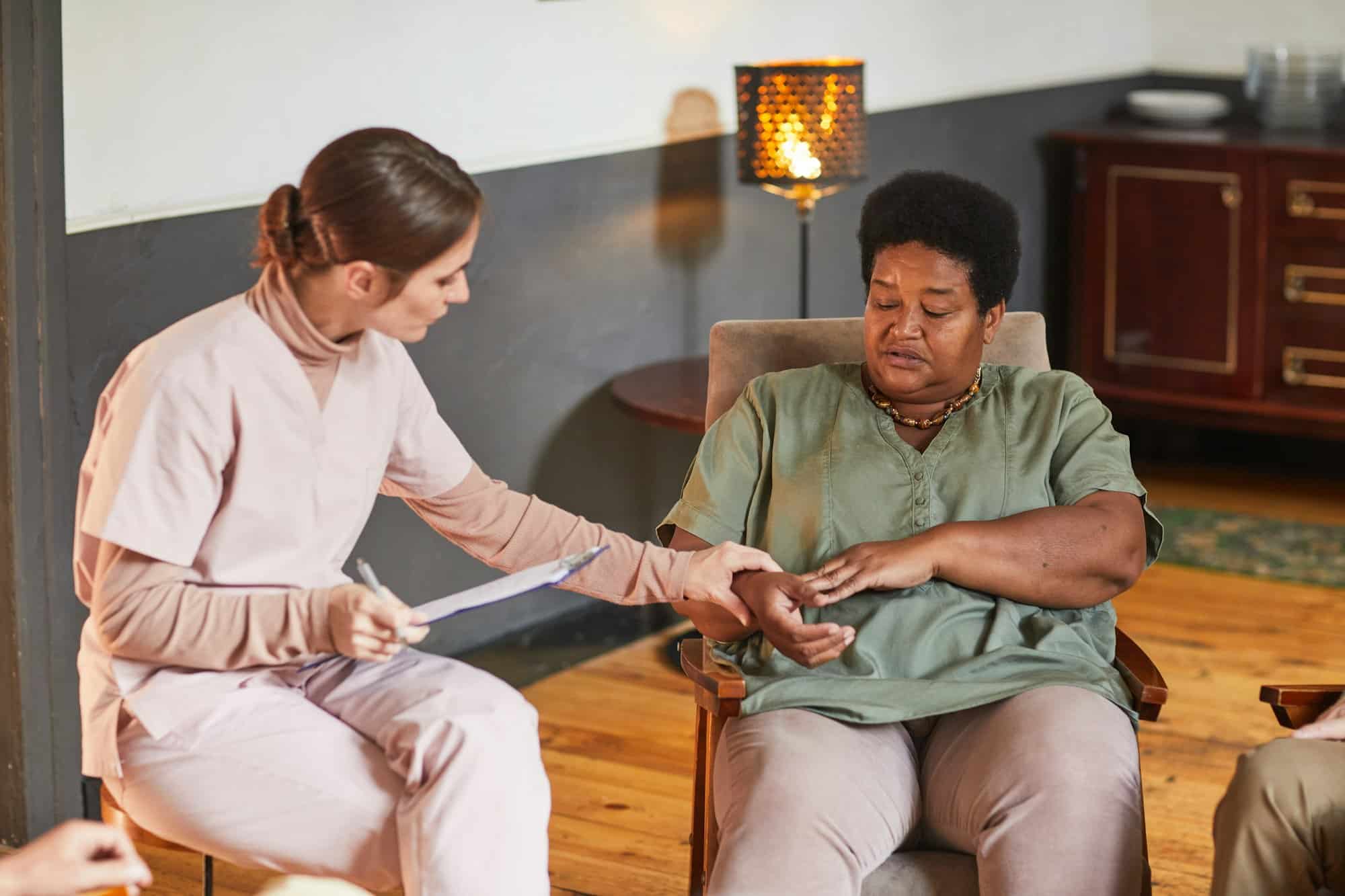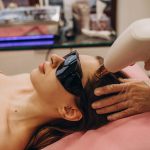Cats, much like humans, can experience a range of physical ailments that can severely impact their quality of life. One such condition is muscular atrophy, a progressive decrease in muscle mass that can cause significant discomfort and pain. Fortunately, there are rehabilitation methods available that can help alleviate some of this discomfort. One such method is therapeutic massage. In this article, we aim to provide a comprehensive, step-by-step guide on how to perform therapeutic massage on a cat suffering from muscular atrophy.
Understanding the Basics of Feline Muscular Atrophy
Before diving into the step-by-step process of massage therapy for cats with muscle atrophy, it’s important to understand the basics of the condition. Feline muscular atrophy is often caused by the cat’s inactivity or joint issues such as osteoarthritis. In clinical studies, this condition has shown to significantly decrease the cat’s quality of life. However, physical therapy exercises and massage can help in the rehabilitation process and increase the comfort of the cat.
Avez-vous vu cela : How do you adjust a cat's sleeping area to accommodate arthritis and orthopedic pain?
Muscular atrophy in cats manifests as a reduction in muscle mass, strength, and function. This can lead to pain, discomfort, and an overall reduction in activity. Osteoarthritis, a degenerative joint disease, is one of the leading causes of muscular atrophy in cats. This disease causes inflammation and degeneration of the joint and surrounding tissues, leading to pain and decreased mobility.
The Role of Therapeutic Massage in Feline Rehabilitation
Therapeutic massage has played a significant role in the rehabilitation of cats suffering from muscular atrophy. It is performed to increase blood circulation, stimulate muscle growth, and relieve joint pain. In essence, it is a physical treatment aimed at improving the health and well-being of feline patients.
A lire également : What are the best practices for integrating a cat into an office or workspace?
In many patient cases, it has been observed that massage therapy helps in improving the cat’s mobility and reducing the pain associated with muscular atrophy. In a study conducted on cats suffering from osteoarthritis, it was found that therapeutic massage significantly reduced joint pain and increased overall mobility.
The therapy works by manipulating the cat’s soft tissues to improve blood circulation. Increased blood circulation brings more oxygen and nutrients to the muscle tissues, which can promote healing and muscle growth. Furthermore, the massage can help to break down adhesions and increase the flexibility of the cat’s muscles and joints.
Step-by-Step Guide to Feline Therapeutic Massage
With the clear understanding of what muscular atrophy is and how therapeutic massage can benefit the feline patients, let’s walk through the step-by-step method to apply therapeutic massage to a cat with muscular atrophy.
-
Creating a Relaxing Environment: The first step in the massage process is to create a calm and relaxing environment for your cat. This might mean turning off the TV, minimizing loud noises, or even lighting a soothing scent. The goal is to make the cat as comfortable and relaxed as possible to ensure the effectiveness of the massage.
-
Starting the Massage: Begin the massage by petting your cat gently. Once the cat is relaxed, start massaging from the neck area, working your way downwards. Apply light pressure and continue to monitor your cat’s reaction. If the cat appears to be in pain, reduce the pressure or stop the massage.
-
Focusing on the Affected Area: If your cat is suffering from muscular atrophy in a specific area, focus your efforts there. However, remember to always be gentle and mindful of the pressure you’re applying. Keep the massage strokes slow and steady to increase the blood flow to the affected area.
-
Monitoring Your Cat’s Reaction: It’s important to pay attention to your cat’s reactions during the massage. If the cat appears to be enjoying the massage and is showing signs of relaxation, such as purring, you can continue the massage. However, if the cat appears uncomfortable or tries to move away, it might be best to stop the massage and try again later.
-
Concluding the Massage Session: After around 15-20 minutes of massage, you can conclude the session. Finish the massage by petting your cat gently and rewarding him or her with a treat.
Potential Risks and Considerations in Feline Massage Therapy
While therapeutic massage can offer many benefits for cats with muscle atrophy, it’s important to note that there are also potential risks and considerations. Firstly, therapeutic massage should always be performed by a trained individual. If you’re unsure about any aspect of the massage, it’s best to consult with a veterinarian or a professional feline massage therapist.
Secondly, while therapeutic massage can alleviate pain and promote muscle growth, it is not a cure for muscular atrophy. It should be used in conjunction with other treatments such as medication, diet changes, and physical therapy exercises.
Lastly, always monitor your cat’s reactions during the massage. If the cat appears to be in pain or is uncomfortable, immediately stop the massage. Remember that while therapeutic massage can be beneficial, it should never cause distress or pain to the cat.
Therapeutic massage is a promising tool in the rehabilitation of cats with muscular atrophy. With a gentle and mindful approach, it can significantly increase the comfort and quality of life of our feline friends.
The Scientific Evidence Behind Therapeutic Massage for Feline Muscular Atrophy
Google Scholar provides a trove of clinical studies that highlight the effectiveness of therapeutic massage in addressing muscular atrophy in cats. The focus of these studies often gravitates towards physical therapy and manual therapy, which includes massage techniques designed to stimulate muscle growth and alleviate chronic pain.
A cross-sectional study published in Feline Med Surg focused on the role of therapeutic massage in managing feline osteoarthritis, a common cause of muscular atrophy in cats. The study found that massage therapy can increase the range of motion in joints affected by osteoarthritis, providing relief from associated discomfort and pain. Similarly, another study highlighted that cats with muscle atrophy showed improved mobility and reduced pain after undergoing regular massage treatments.
A separate study published in the Journal of Pain Management underscored the role of growth factors. These proteins, which are stimulated by increased blood flow to the tissues during a massage, can promote healing and muscle growth. Therefore, the application of massage therapy can help revitalize atrophied muscles by opening this separate window of improved circulation and nourishment.
In essence, the scientific evidence supports the fact that therapeutic massage can play a pivotal role in physical rehabilitation for cats suffering from muscle atrophy.
Conclusion: Therapeutic Massage as a Key Component of Feline Rehabilitation
Muscular atrophy in cats can be a challenging condition, often associated with chronic pain and a decrease in mobility. But while it may be difficult to watch our feline friends struggle, there is hope for their rehabilitation. Therapeutic massage, as we have seen, can be a key component in this process.
Studies from reliable sources like Google Scholar, Feline Med Surg, and the Journal of Pain Management highlight the effectiveness of massage therapy for cats with muscular atrophy. By increasing blood circulation, stimulating muscle growth, and alleviating joint pain, therapeutic massage can enhance the quality of life for cats.
However, it’s critical to remember that while therapeutic massage can provide relief, it is not a cure. It should ideally be combined with other treatment modalities, such as medication and diet changes, for a holistic approach towards managing the condition.
Additionally, always keep in mind your cat’s comfort during massage sessions. Watch for clinical signs of distress or discomfort and consult with a professional if needed. After all, the goal of therapeutic massage is to improve your cat’s wellbeing, not to cause additional stress.
In conclusion, therapeutic massage represents a promising avenue for the management of muscular atrophy in cats. By embracing this therapy, and by doing so under professional guidance, we can help our feline friends lead a more comfortable and fulfilling life.











